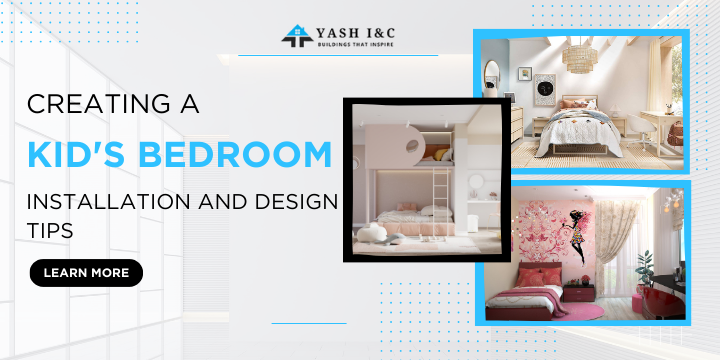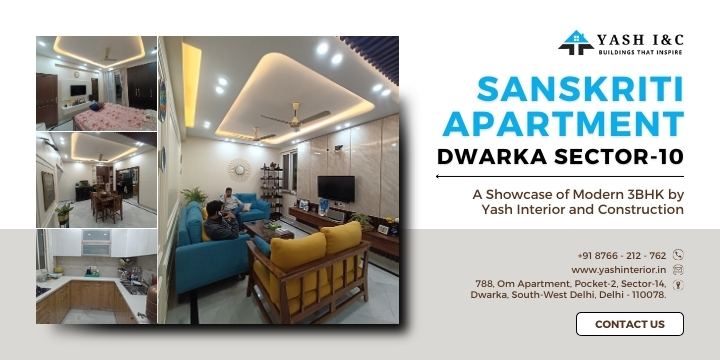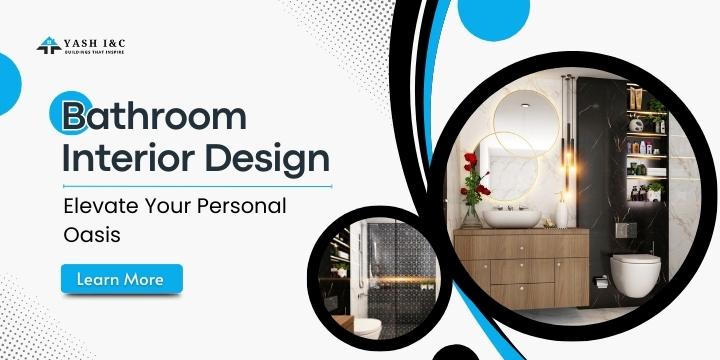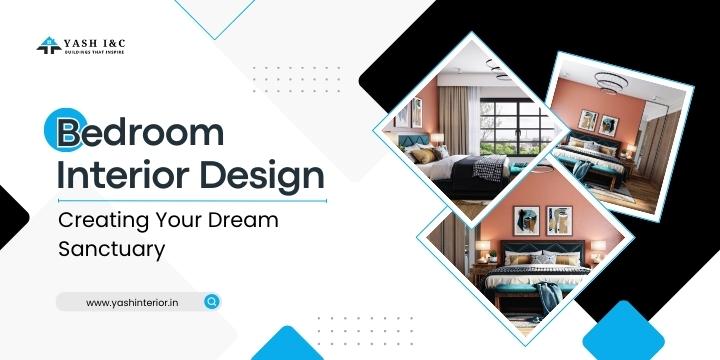
Creating a kids bedroom installation and design tips
Designing and setting up a kid's bedroom can be an exciting project that not only brings joy to your child but also provides them with a comfortable and functional space to grow and learn. Whether you're preparing a nursery for a newborn or revamping an existing room for a growing child, here's a step-by-step guide to help you through the process.
Kids Bedroom Interior Designs
some ideas and points for designing a kids' bedroom interior. Designing a kids' bedroom requires a blend of creativity, functionality, and safety. Here are some key points to consider:
- Theme Selection: Choose a theme that reflects your child's interests or preferences. Popular themes include princesses, superheroes, animals, outer space, and sports.
- Color Palette: Select a color scheme that complements the chosen theme. Bright and vibrant colors can stimulate creativity and energy, while softer pastels can create a calming atmosphere.
- Furniture: Opt for child-friendly, durable furniture that suits the room's size. Consider a comfortable bed, a study desk, storage solutions like shelves or toy chests, and seating options like bean bags or small chairs.
- Safety Measures: Ensure that furniture and décor items are childproofed to prevent accidents.
- Use non-toxic paint and materials to safeguard your child's health.
- Personalization: Incorporate elements that reflect your child's personality, such as their artwork, handmade crafts, or a wall with their name in decorative letters.
- Storage Solutions: Maximize storage space to keep the room organized. Use shelves, bins, and under-bed storage to accommodate toys, clothes, and books.
- Play Area: Designate a play area within the room where your child can engage in creative play and activities.
- Learning Corner: Create a dedicated space for learning with a study desk, comfortable chair, and proper lighting. Encourage a study routine.
- Wall Decor: Use wall decals, posters, or murals that fit the theme to add visual interest and personality to the room.
- Lighting: Incorporate both ambient and task lighting. Consider a fun, themed ceiling light or nightlight to create a cozy atmosphere.
Kid's Bedroom Interior Design Ideas
Certainly, here are some creative ideas for designing a kid's bedroom interior:
- Whimsical Wall Art: Use wall decals or stencils to create a playful and imaginative atmosphere. You can have a forest of colorful trees, a space-themed mural, or even a chalkboard wall for doodling.
- Bunk Beds and Loft Beds: Maximize space by incorporating bunk beds or loft beds. They not only provide additional sleeping arrangements but also create a sense of adventure.
- Under-Bed Storage: Install drawers or rolling bins under the bed for easy access to toys, clothes, or books while keeping the room clutter-free.
- Floating Shelves: Floating shelves add both style and functionality to the room. Use them to display toys, books, or decorative items.
- Colorful Bedding: Choose vibrant and themed bedding to tie the room's color scheme together. Consider bedding with characters or patterns that match the overall theme.
- Interactive Play Zones: Create specific play zones within the room, such as a LEGO building area, a dollhouse corner, or a mini art studio with an easel.
- Reading Nook: Design a cozy reading nook with a comfortable chair, plush cushions, and a well-stocked bookshelf. Add a whimsical canopy for extra charm.
- Glow-in-the-Dark Decor: Incorporate glow-in-the-dark stars and decals on the ceiling for a magical nighttime experience. They can also serve as a gentle nightlight.
- Themed Storage: Use themed storage solutions like toy chests that resemble treasure chests, or storage bins with colorful labels.
- Chalkboard or Whiteboard Wall: Dedicate a wall to creativity by painting it with chalkboard or whiteboard paint. Your child can draw, write, and erase to their heart's content.
- Ceiling Mobiles: Hang playful mobiles or hanging decor from the ceiling to engage your child's imagination. These can include paper lanterns, rainbows, or even flying superheroes.
- Sports and Outdoor Themes: Design the room around your child's favorite sports or outdoor activities. Incorporate elements like a basketball hoop, soccer net, or a climbing wall.
- Personalized Name Decor: Spell out your child's name using decorative letters on the wall. You can use a variety of materials and styles to match the room's theme.
- Soft Rugs and Cushions: Place soft rugs or cushions on the floor for playtime comfort. These can also add pops of color and texture to the room.
- Interactive Wall Calendar: Install an interactive wall calendar with colorful magnets or Velcro pieces to help your child learn about dates, days of the week, and events.
- Customized Closet: Maximize closet space with custom storage solutions, such as adjustable shelves and hanging organizers, to keep clothing and accessories organized.
- Window Seat: If space allows, create a window seat with padded cushions and storage underneath. It's a cozy spot for reading or daydreaming.
- DIY Art Display: Showcase your child's artwork by framing and hanging it on the walls. It's a great way to encourage their creative expression.
Remember to involve your child in the design process, taking their preferences and interests into account. This will make the room a special and personalized space where they can play, learn, and grow.
Which bedroom is best for children?
The best type of bedroom for children largely depends on their age, preferences, and your family's lifestyle. Here are several bedroom options to consider:
- Shared Sibling Bedroom: If you have multiple children, a shared bedroom can promote bonding and teamwork. Bunk beds or loft beds can maximize space, and you can use dividers or color schemes to create distinct areas for each child.
- Single Child Bedroom: A single child bedroom allows for more personalization and customization based on the child's interests and needs. It can also be adapted as they grow.
- Nursery/Infant Bedroom: For babies and infants, a nursery is designed with their safety and comfort in mind. It typically includes a crib, changing table, and storage for baby essentials.
- Toddler Bedroom: Toddlers benefit from a bedroom that encourages independence. Consider a toddler bed, low shelving for toys and books, and soft furnishings for play.
- Preschooler Bedroom: Preschoolers may enjoy themed bedrooms based on their favorite characters or interests. Educational elements like a small bookshelf and a play kitchen can be added.
- School-Age Bedroom: Older children might need a more functional space for schoolwork and hobbies. A study desk, organized storage, and proper lighting for reading and studying become important.
- Teenager's Bedroom: Teenagers often desire more privacy and personalization. A larger bed, a desk for homework, and space for self-expression (posters, art, etc.) are key elements.
- Playroom or Play Area: In addition to their bedroom, having a separate playroom or play area can be beneficial, especially for younger children. It can help keep toys and play activities contained and organized.
- Guest Bedroom with Child-friendly Features: If you frequently have guests with children, you can create a guest bedroom with child-friendly features like a fold-out sofa bed and a play corner.















 Fill Out Your Details Below!
Fill Out Your Details Below!